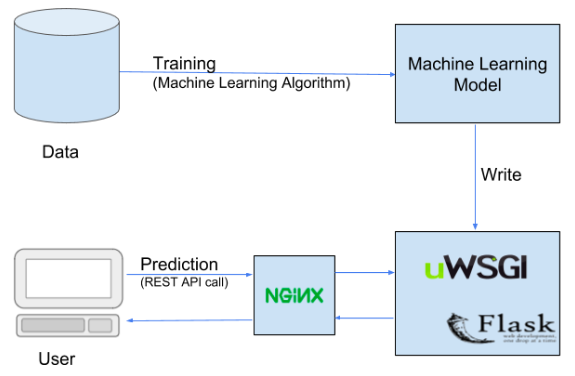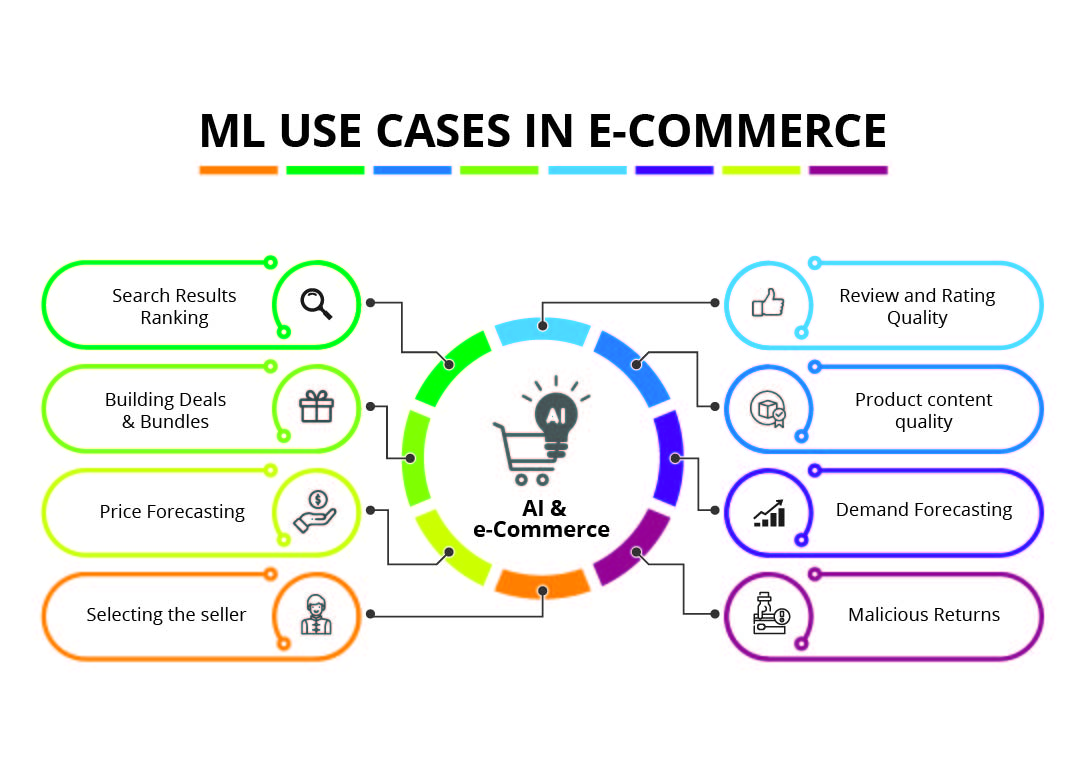In this article, I am going to explain steps to deploy a trained and tested Machine Learning model in production environment.
Though, this article talks about Machine Learning model, the same steps apply to Deep Learning model too.
Below is a typical setup for deployment of a Machine Learning model, details of which we will be discussing in this article.

The complete code for creating a REST service for your Machine Learning model can be found at the below link:
https://github.com/cloudxlab/ml/tree/master/projects/deploy_mnist
Let us say, you have trained, fine-tuned and tested Machine Learning(ML) model – sgd_clf, which was trained and tested using SGD Classifier on MNIST dataset. And now you want to deploy it in production, so that consumers of this model could use it. What are different options you have to deploy your ML model in production?
Continue reading “Deploying Machine Learning model in production”

